- Joined
- Jun 29, 2008
- Messages
- 10,261
I am not sure if this is the good opportunity to ask this question - I read somewhere on the internet,
that there is a proven method (forgot its name) to find out if the stone is natural or not - by taking it close to the eye and looking through the stone at some light source, for ex. regular room lamp, and if you see multiple clear small rainbows (probably according to number of facets), then the stone is natural and not synthetic. I am not sure if this is correct / proven method and if it can be applied to all types of gemstones or not. Sorry again for the dilettante type question.
Thanks in advance,
Alex
Not true. If it was this easy then there would be no need for expensive equipment. Somebody who has seen lots of gemstones can tell you quite a lot from looking at a stone - can even identify if something may have been treated BUT you cannot tell if a gemstone is natural just by holding it up to your eye. What I think you're talking about is whether there's any refraction. This only tells you a tiny bit and not the whole picture.

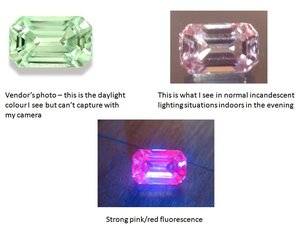
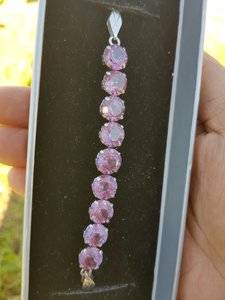
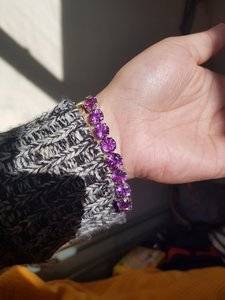
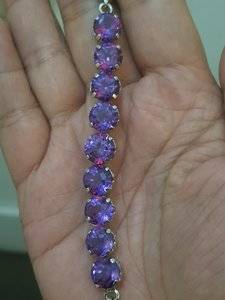
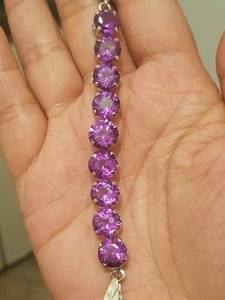
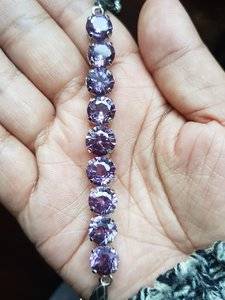


300x240.png)